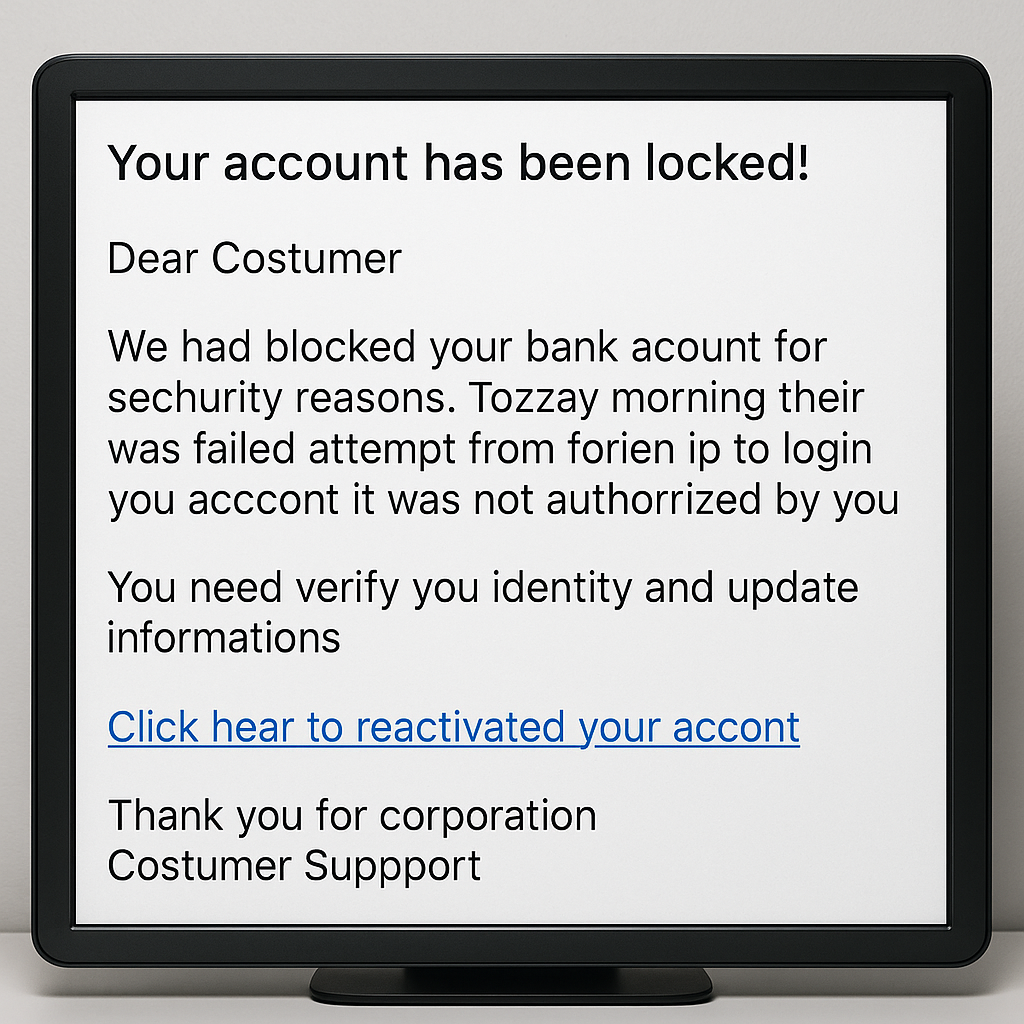Let’s face it—if Mark Twain were alive today, he’d likely revise his famous quote to say, “A lie can travel halfway around the world while the Wi-Fi is still connecting.” The internet, that glorious cesspool of memes, cat videos, and questionable life advice, is also the natural habitat for some of the most outrageously obvious lies ever concocted. From Nigerian princes to miraculous weight-loss gummies, the evolution of online fibs is a masterclass in audacity. Grab your popcorn as we explore this evolution from spam to sham, one ridiculous claim at a time.
The Dawn of Deception: Early Spam Emails
The 1990s marked the start of email scams, a time when inboxes were bombarded with offers too good—or too absurd—to be true. It was the Wild West of the internet, where scammers roamed freely, armed with poorly written emails and lofty promises. Enter the Nigerian Prince, that mythical figure who claimed to be stuck in financial limbo and needed your help to access their fortune.
These emails were almost laughably obvious in their deceit. From grammatical errors that looked like they were crafted by someone rolling dice to pick words, to the urgent tone that screamed desperation, these scams relied on two things: greed and gullibility. Yet, for many, the allure of easy money was hard to resist. Who wouldn’t want to be the benevolent hero in a stranger’s financial fairy tale? The only problem was that the fairy tale ended with an empty wallet and no royal gratitude.
Pop-Up Pandemonium: Lies Gain Visual Flair
If the 1990s were a digital Wild West, the early 2000s were more like a circus, complete with pop-ups that danced across your screen like uninvited clowns. These garish boxes shouted messages like “You’re the 1,000,000th visitor!” or “Click here to claim your prize!” They were the internet’s equivalent of an overly enthusiastic door-to-door salesperson refusing to take no for an answer.
Of course, clicking on these pop-ups rarely led to fame or fortune. Instead, you were whisked away to sketchy websites loaded with malware, spyware, or worse—an endless cavalcade of ads. The prizes promised, whether it was a free iPad or a luxury vacation, were as imaginary as the effort the scammers put into seeming legitimate. Yet, the sheer audacity of these pop-ups kept them entertaining, if not infuriating. They were bright, loud, and desperately clung to the hope that someone, somewhere, would fall for the bait.
Social Media Shenanigans: Lies Go Viral
As social media platforms like Facebook and Twitter grew, so did the creativity of scammers. Chain posts became the new breed of internet deception, with messages like “Copy and paste this status to avoid Facebook’s new monthly fee!” The idea that a tech giant’s financial strategy hinged on user-generated posts was absurd, yet somehow, these lies spread like wildfire.
Meanwhile, heartstring-tugging posts also made their mark. “This abandoned puppy needs your shares to find a home” became a common trope, often paired with a stock photo of an adorable dog. Clicking on these posts or sharing them rarely resulted in good deeds, but instead funneled traffic to shady websites looking to generate ad revenue. The scammers’ brilliance lay in their ability to exploit emotions, proving that lies didn’t need logic—they just needed cuteness.
The Rise of Fake News: Lies Get Political
The 2010s were an era of heightened political awareness—and heightened political lies. Fake news websites cropped up faster than you could say “fact-check,” and their articles ranged from mildly exaggerated to outright ludicrous. Claims like “World leader caught secretly building a robot army!” could gain traction, especially if accompanied by a blurry image and the right amount of sensational language.
What made fake news so dangerous was its ability to blend absurdity with just enough plausibility to seem credible. The rise of social media algorithms that favored engagement over accuracy didn’t help, as fake news articles often gained far more clicks than their truthful counterparts. The result? A global game of telephone, where the original message became more distorted and outrageous with every share.
Modern Scams: Lies with a Sophisticated Twist
Today’s internet scams have polished their act. Phishing emails now come with professional-grade logos and grammatically sound sentences, making them harder to distinguish from legitimate communications. Netflix account warnings, online banking alerts, and even airline cancellation emails have become popular scam templates, preying on the average user’s fear of losing access to essential services.
Meanwhile, influencers on platforms like Instagram and TikTok have added a new twist to deception. “Miracle” products like detox teas or skin creams promise astonishing results, backed by glowing testimonials that may or may not have been paid for. And let’s not forget deepfake videos, a chilling new technology that makes lies more convincing than ever. When a celebrity appears to endorse a questionable product, even skepticism can falter.
The Hall of Fame: Internet’s Greatest (Worst?) Lies
Some lies are so legendary they deserve their own commemorative plaques in the hall of shame:
- The Bill Gates Giveaway: A viral post claimed that Bill Gates would personally send $5,000 to anyone who shared it. Spoiler: Bill Gates did not.
- The Starbucks Survey Scam: Complete a survey to win a $500 gift card, they said. What you won instead was an inbox flooded with spam.
- The Hoverboard Kickstarter: A campaign promised real hoverboards. Instead, backers got a crash course in disappointment.
How to Spot a Sham (Without Losing Your Sanity)
While internet lies can be amusing, they’re not always harmless. Here are some tips to avoid falling victim:
- Verify the Source: A credible website should look professional, not like it was designed during a coffee break in 1998.
- Too Good to Be True? If it seems unbelievable—like Jeff Bezos handing out free yachts—it likely is.
- Use Common Sense: If someone asks for personal details via email, think twice. Nigerian princes aren’t looking for you, we promise.
Lies Will Always Evolve, But So Can We
The internet remains an ever-evolving ecosystem of oddities and deception, yet we’ve become smarter, savvier, and better equipped to navigate its murky waters. With tools like spam filters, fact-checking websites, and our innate skepticism, we can enjoy the absurdity of internet lies without falling for them.
So cheers to the world of online shams—may they continue to amuse, even as we stay one step ahead. And remember, no matter how convincing the lie, always ask yourself: “Is a dolphin really emailing me for help from the Bahamas?” Some stories are best left in the spam folder.












